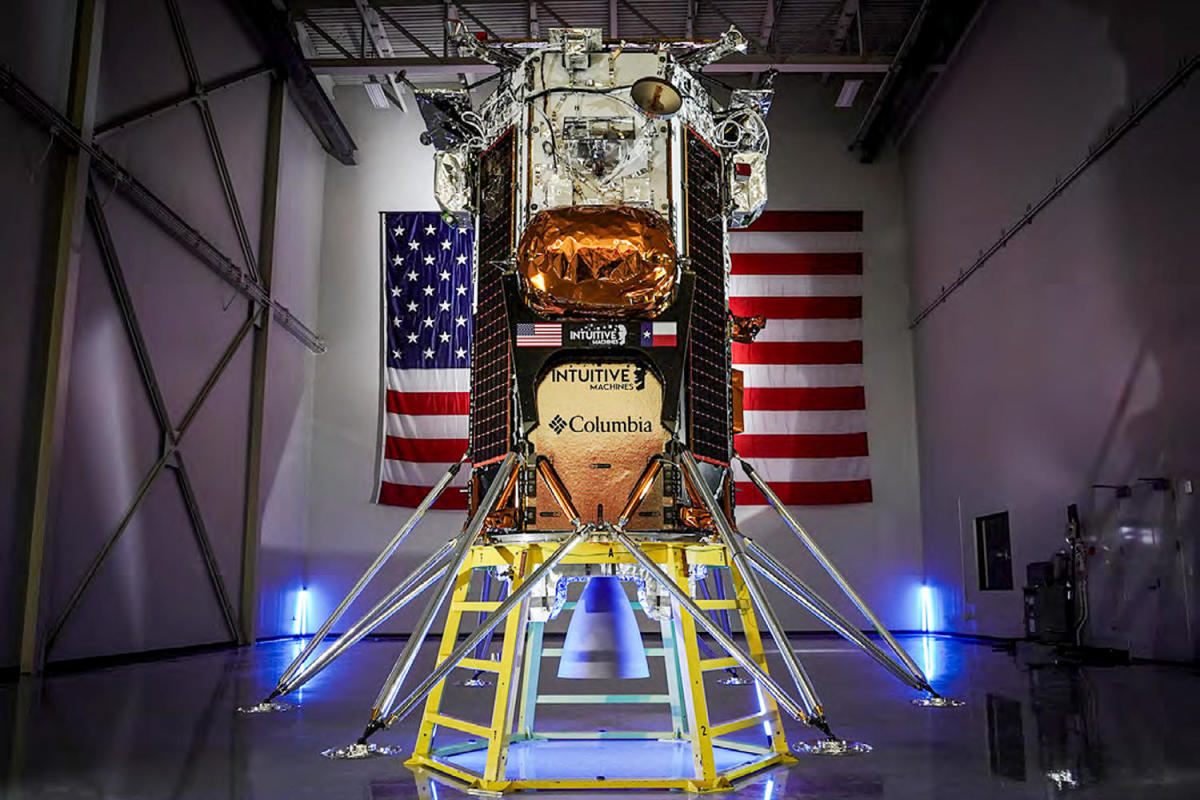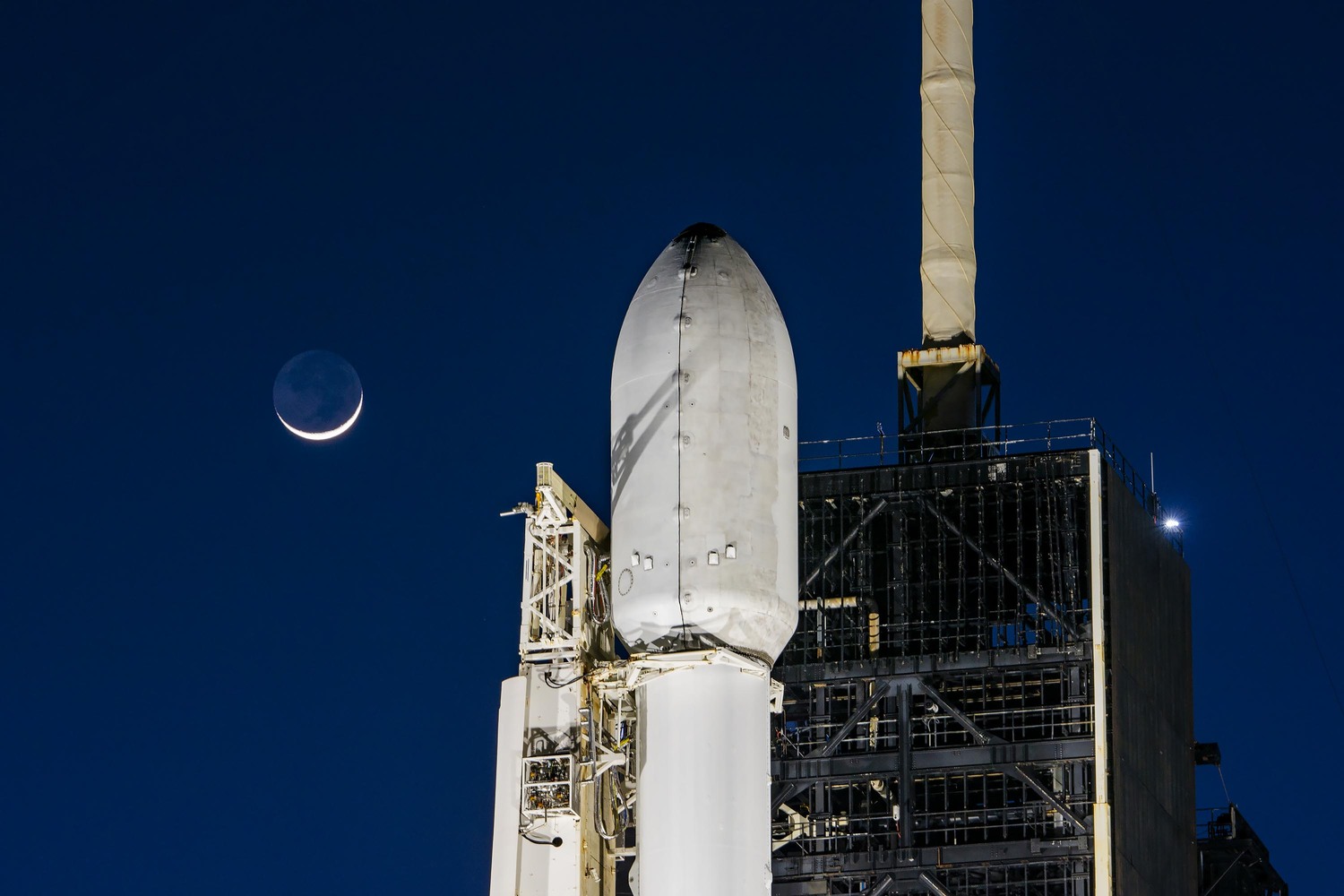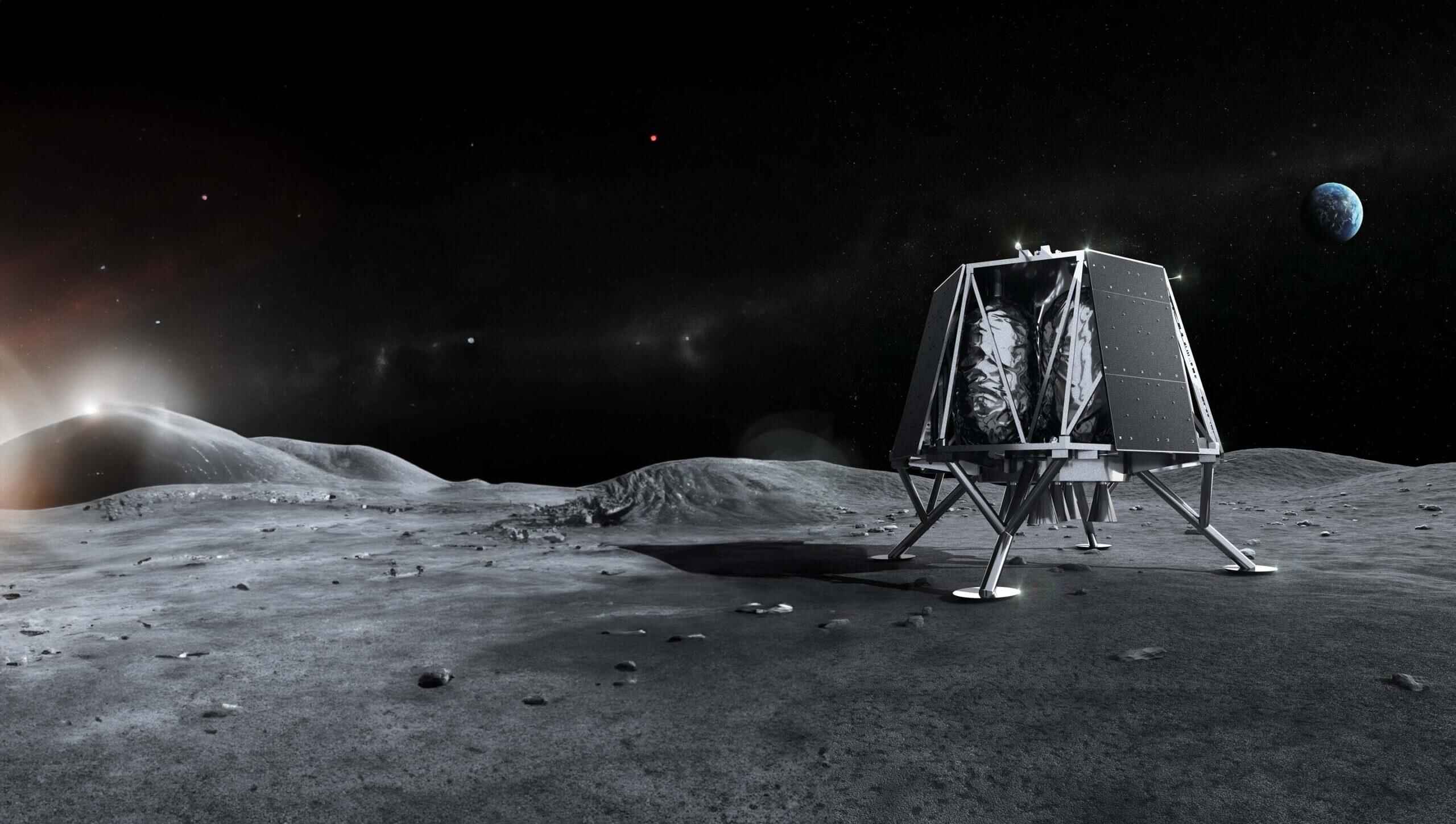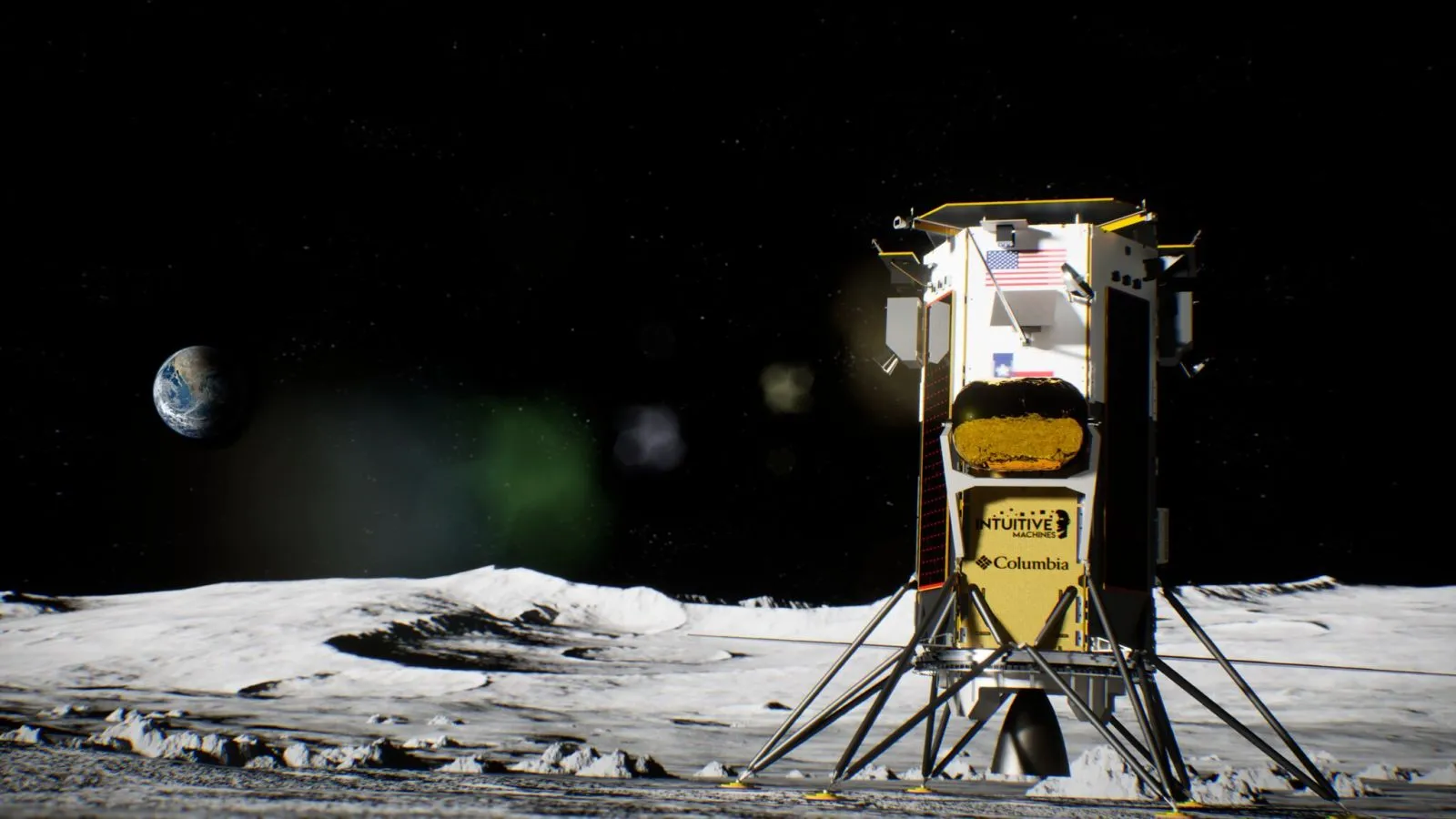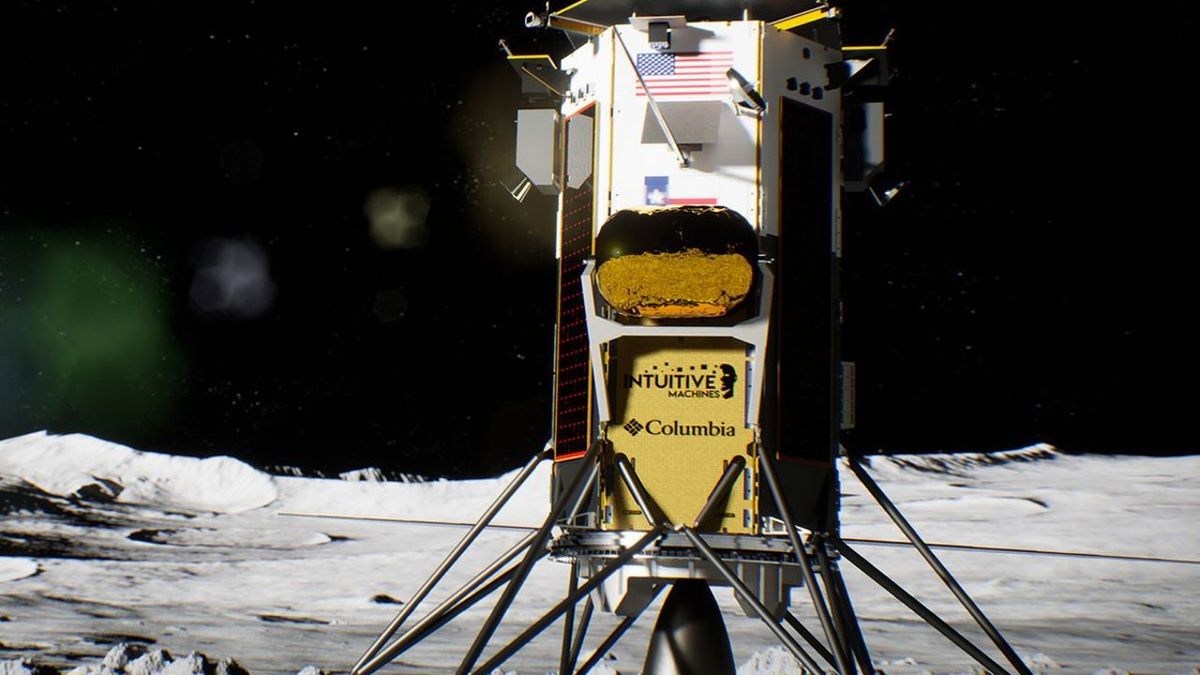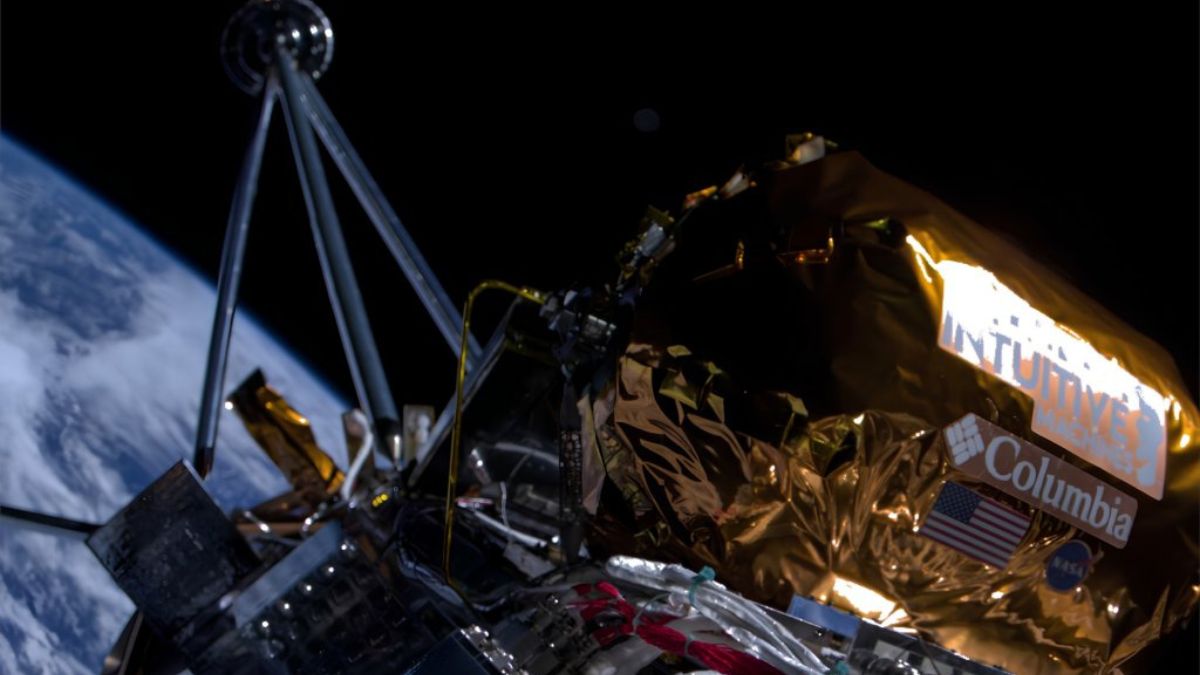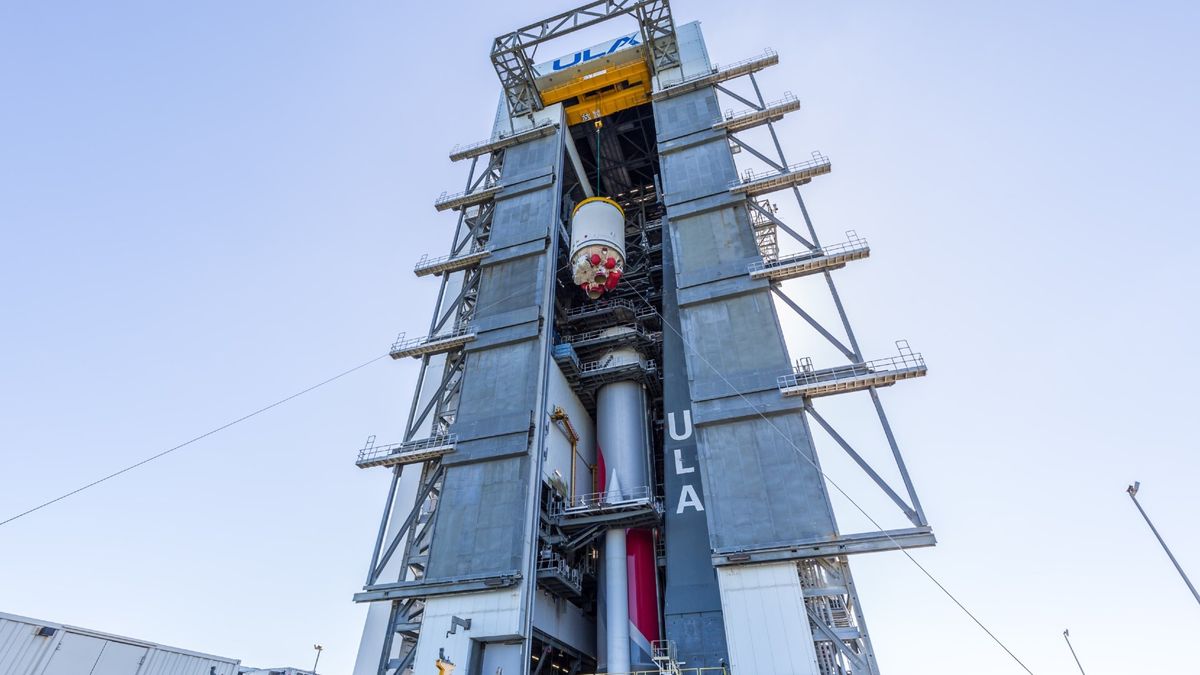Intuitive Machines’ inaugural moon mission is facing an unexpected conclusion as the spacecraft, named Odysseus, encountered a setback during its landing, causing it to come to rest on its side. This turn of events has led to a repositioning of the solar panels, impacting the spacecraft’s ability to generate power from the sun. The company has reported that flight controllers are currently assessing the remaining battery life, which is estimated to be between 10-20 hours. Originally slated for a 7-10 day operation on the lunar surface, the mission’s timeline has been significantly affected by the unforeseen circumstances.
Key Takeaway
Intuitive Machines’ pioneering moon mission faces an untimely conclusion following the spacecraft’s unexpected landing position, impacting its operational capabilities and raising concerns about data transmission. Despite the setbacks, the mission highlights the resilience and adaptability of the team in addressing unforeseen challenges.
Historic Landing and Unforeseen Challenges
Intuitive Machines achieved a significant milestone by successfully landing Odysseus near the lunar south pole, marking the first instance of an American spacecraft touching the moon’s surface since NASA’s final crewed Apollo mission in 1972. Furthermore, it stands as the first privately developed and operated spacecraft to achieve a lunar landing, and the closest any lander has come to the lunar south pole. However, the triumph was marred by the revelation that the spacecraft had tipped over during the landing process, potentially due to a lateral descent and excessive speed, as suggested by Intuitive Machines CEO Steve Altemus.
Operational Implications and Adaptive Measures
Despite the unexpected turn of events, Odysseus continues to transmit scientific data and imagery related to its onboard payloads. However, the altered position of the spacecraft has raised concerns about the impact on data transmission and the functionality of certain components, such as the antennae. The loss of these antennae has been identified as a significant limitation, affecting the ability to communicate and retrieve essential mission data.
Challenges and Lessons Learned
The mission faced additional hurdles when it was revealed that the onboard laser range finders, crucial for collecting landing data, were not operational due to human error and trade-offs made to expedite the process. This led to the utilization of an alternative navigation solution, showcasing the quick thinking and adaptability of the flight controllers. The upcoming news conference, to be hosted by Intuitive Machines and NASA leadership, is expected to provide further insights into the mission’s developments and the strategies being employed to address the encountered challenges.







